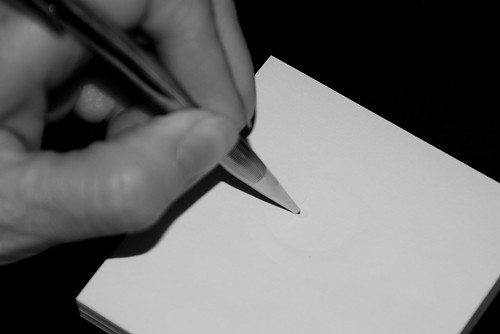Three new online image resources from the Index of Christian Art are now available. The first two listed below provide high resolution images for scholarly publications upon request, free of charge.
Romanesque Art Collection
The first of these is a database of some six thousand images of medieval (mainly Romanesque) art taken by a Swiss couple who wish to remain anonymous. The collection of digitized slides covers Austria, France, Germany, Italy, Spain, Sweden, Switzerland, and The Netherlands, and includes many lesser-known sites as well as the more familiar. Most of the images are of sculpture, architecture, or wall paintings. The collection opens with frescoes from the Chapel of Saint Leonard in Naunders, Austria and closes with Amsoldingen Church in Switzerland.
The Lois Drewer Database
When she died some five months ago Lois Drewer left the Index of Christian Art a large and unsorted collection of several thousand slides covering many countries she visited throughout her lifetime. Her wide interest in art and architecture is reflected in this collection — not surprisingly called The Lois Drewer Database — which spans landscape and garden design, to archaeological sites in the Near East, to Romanesque and Gothic architecture, to a considerable focus on Renaissance architecture. Her travels brought her to Austria, Crete, Egypt, France, Germany, Greece, Israel, Italy, Jordan, Libya, the Netherlands, Spain, Syria, Turkey, and the United Kingdom.
Gabriel Millet Collection
The third resource, and certainly the most ambitious of the three, is the first installment of images from a collaborative venture the Index entered into with the Bibliothèque Gabriel Millet in the Sorbonne, Paris. This is to catalogue the entire archive of Byzantine art that was first started in 1903. As it presently stands, the database contains nearly all of the slides (approximately 15,000) in the archive and these provide an unrivalled visual record of Byzantine art, particularly manuscripts, but with wall paintings and other media included as well.
Via the International Center of Medieval Art newsletter.
